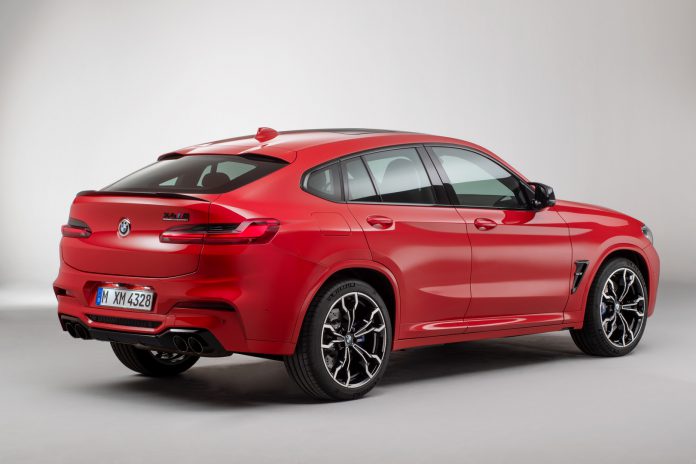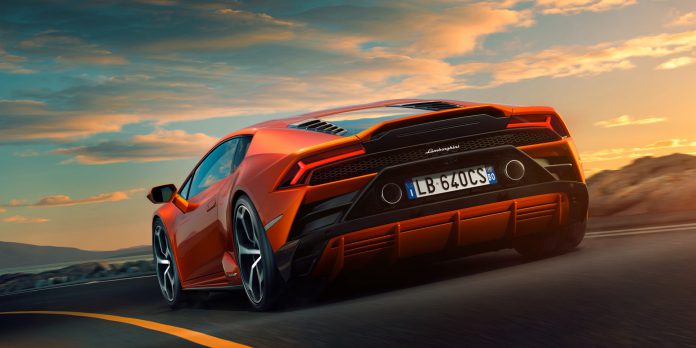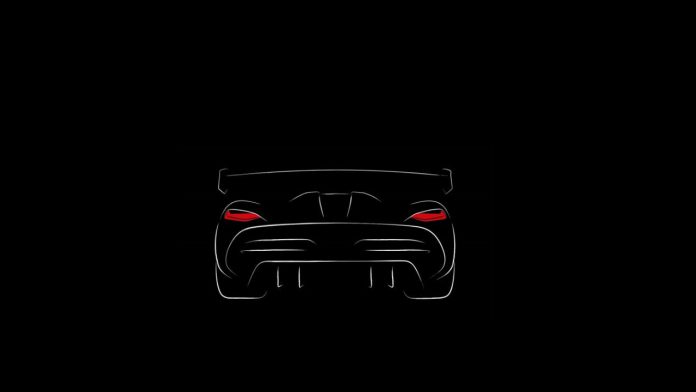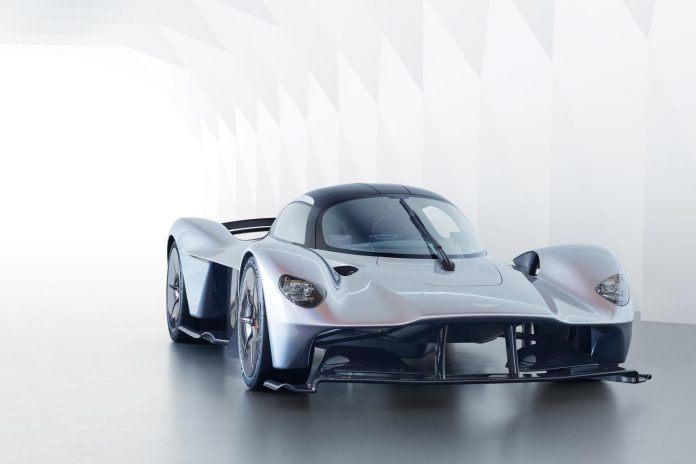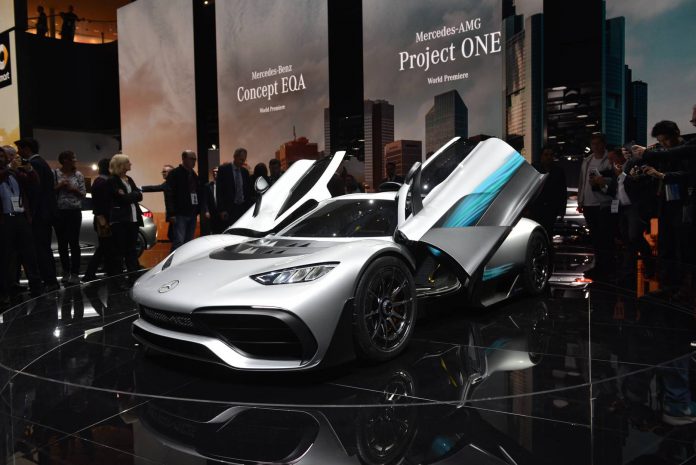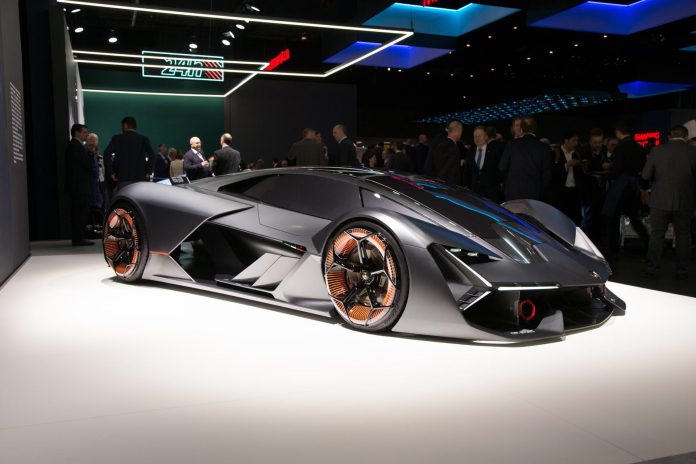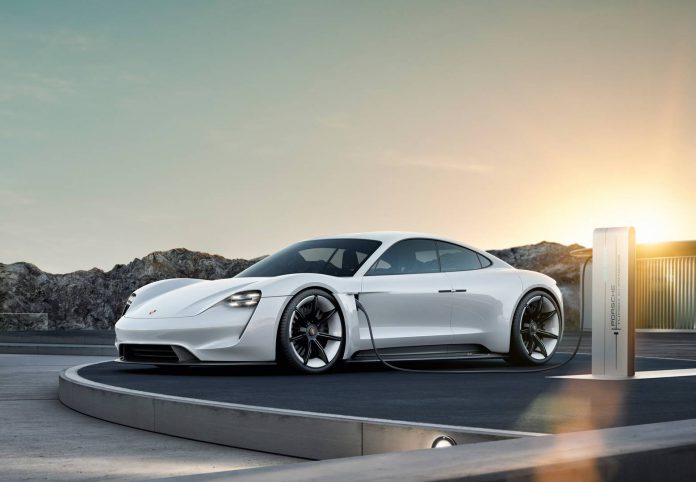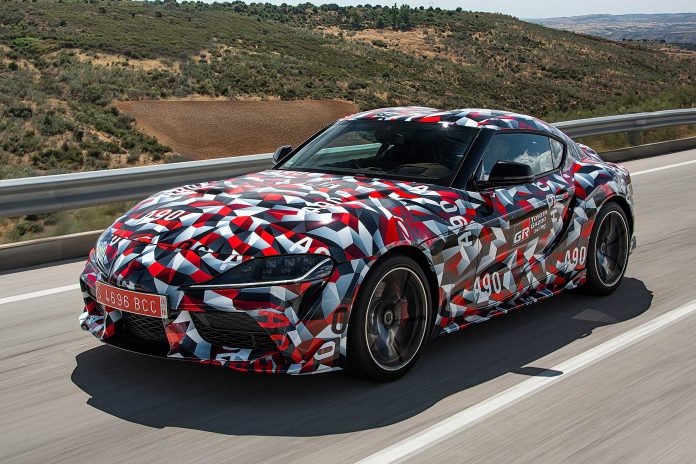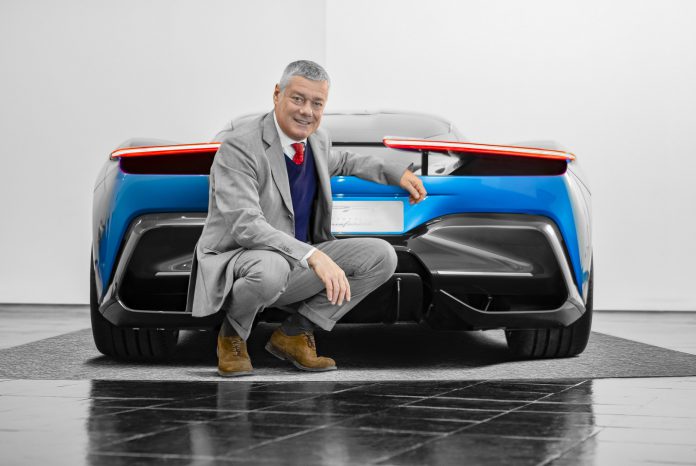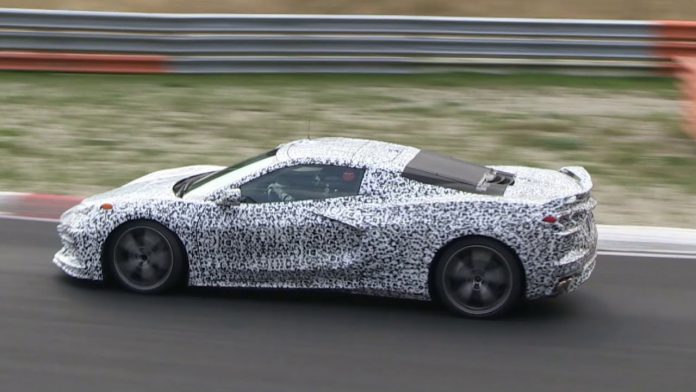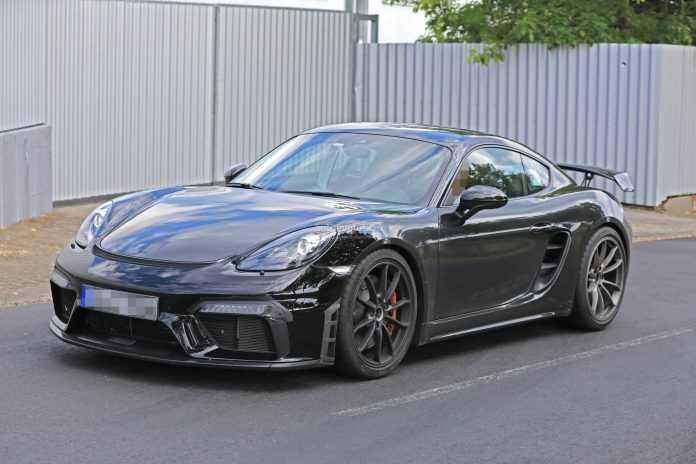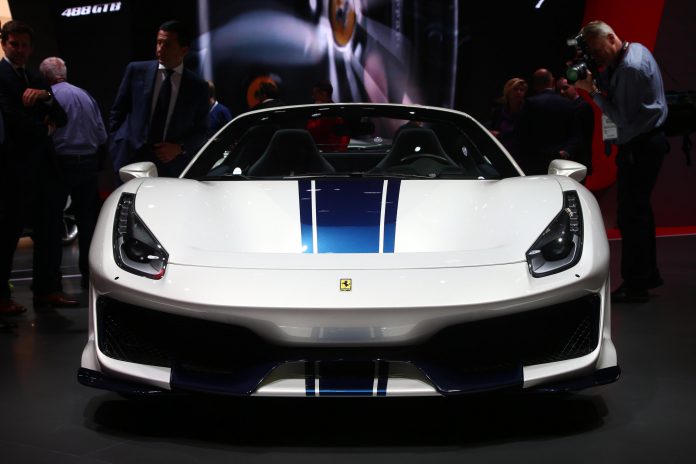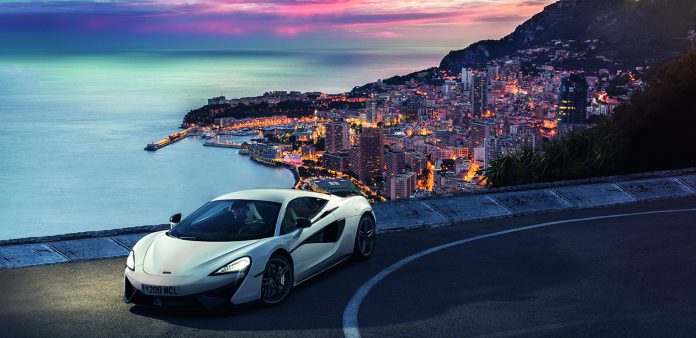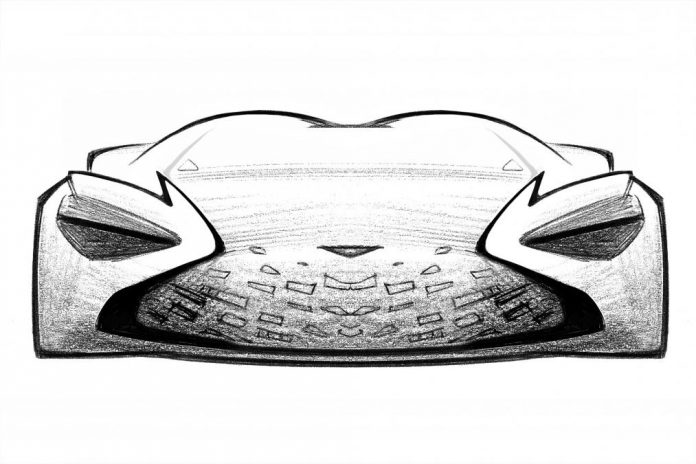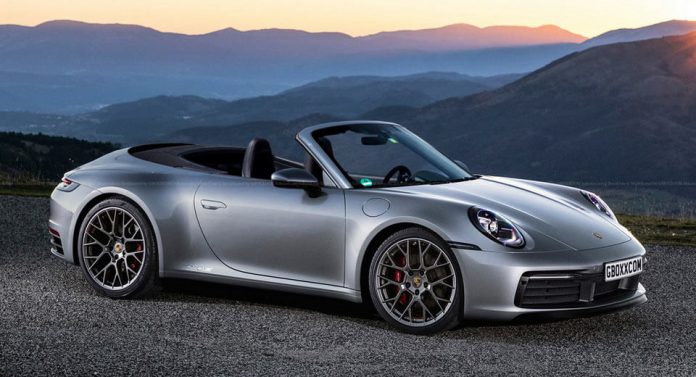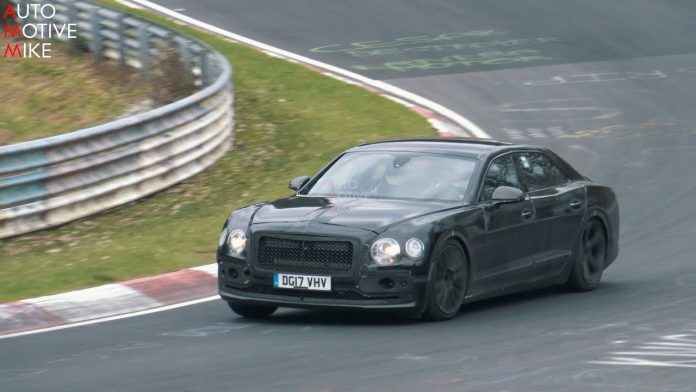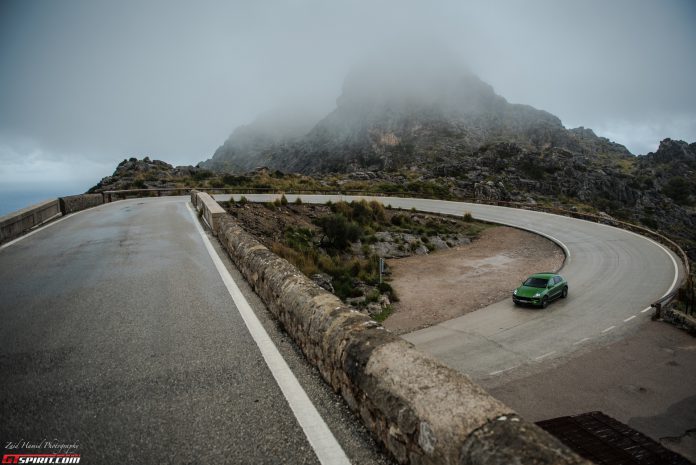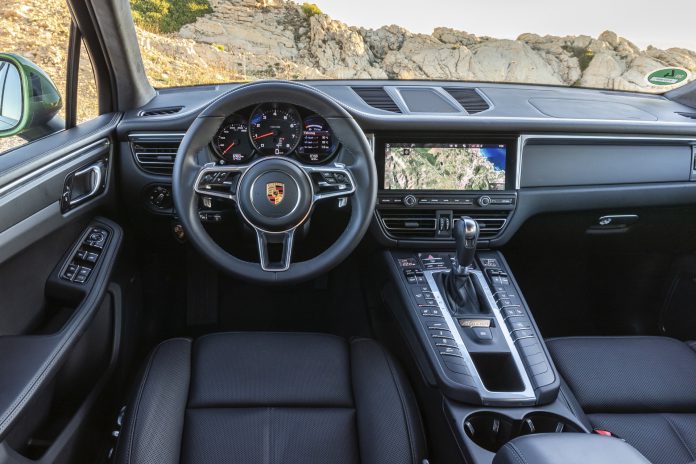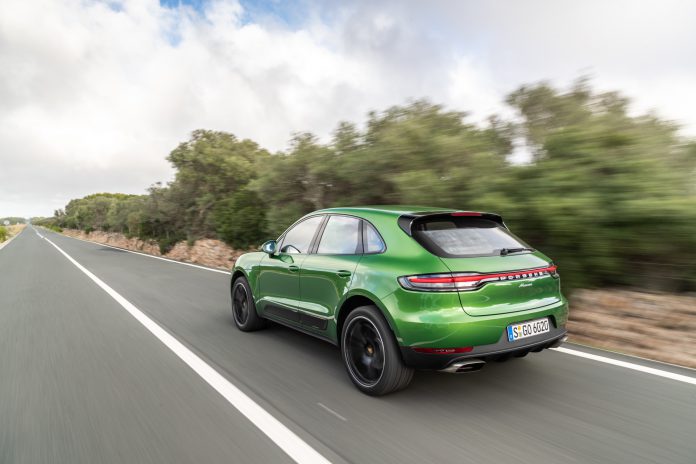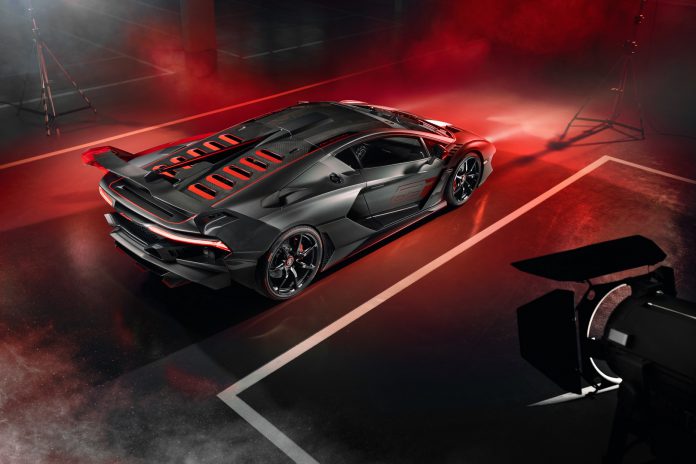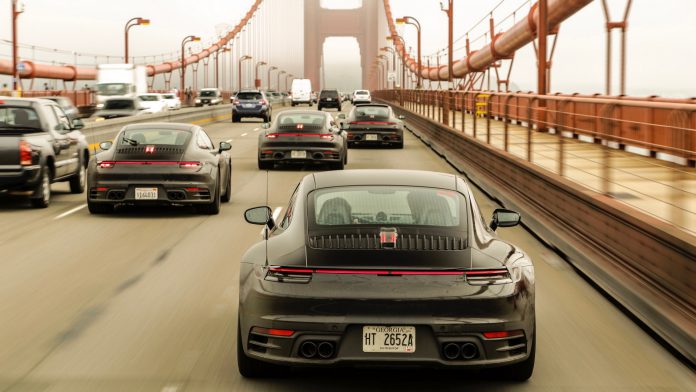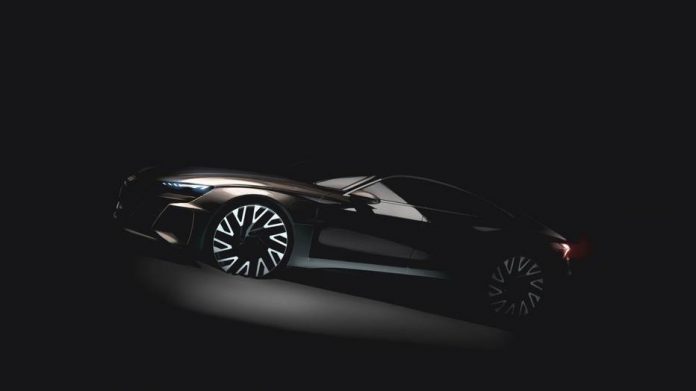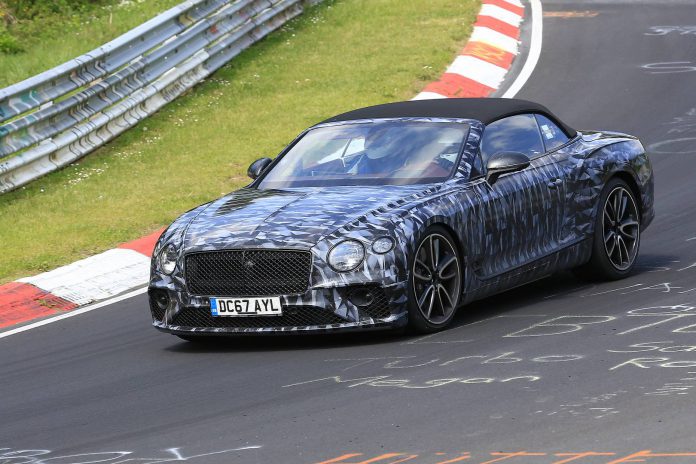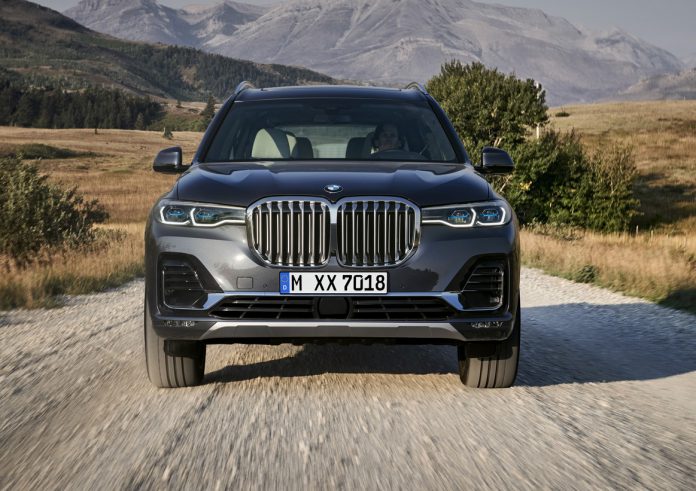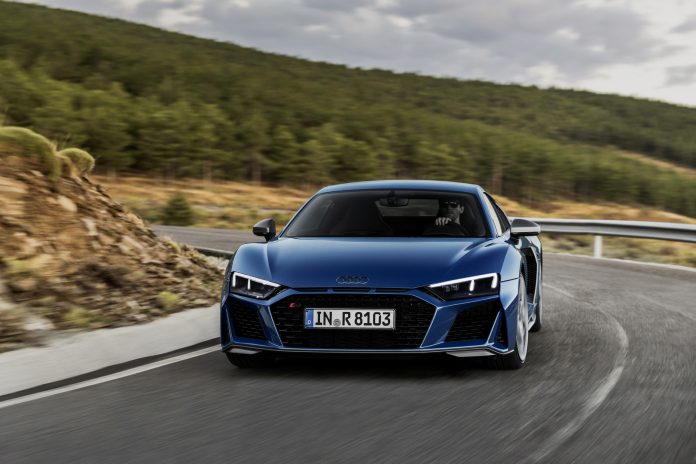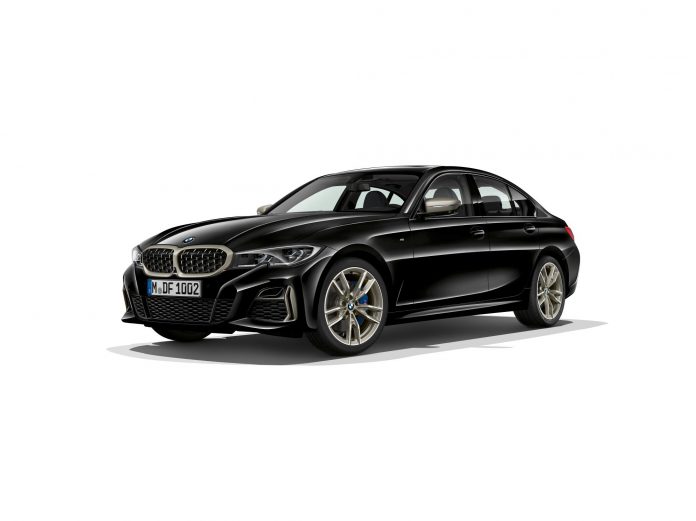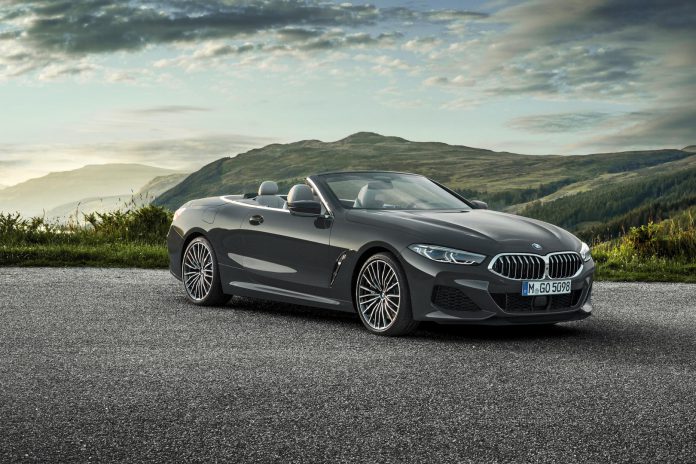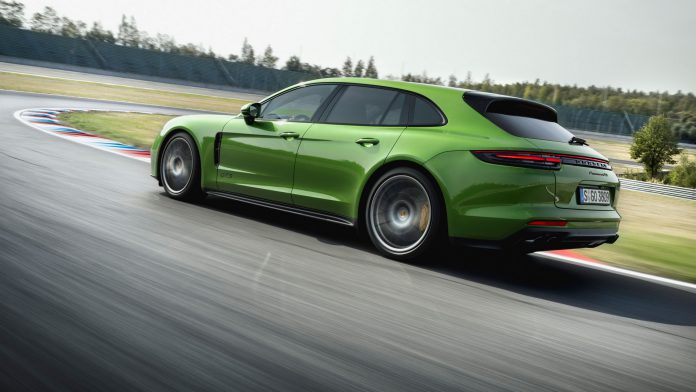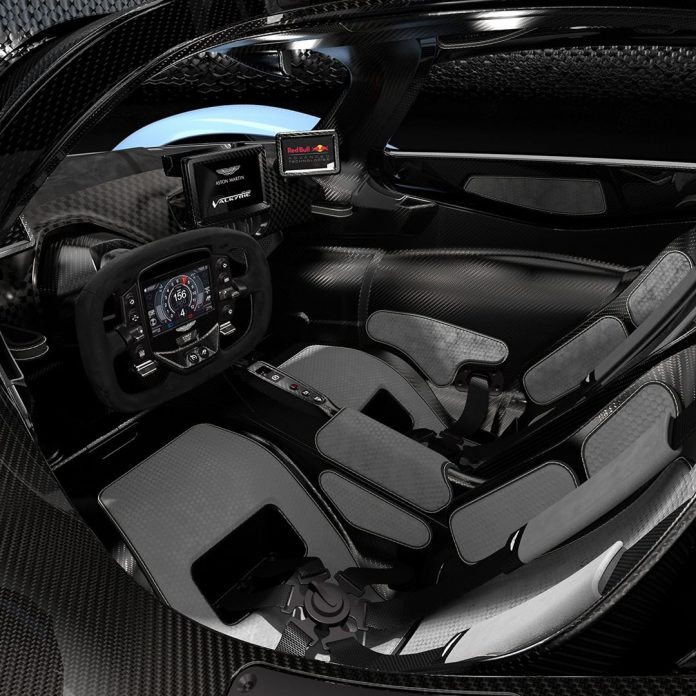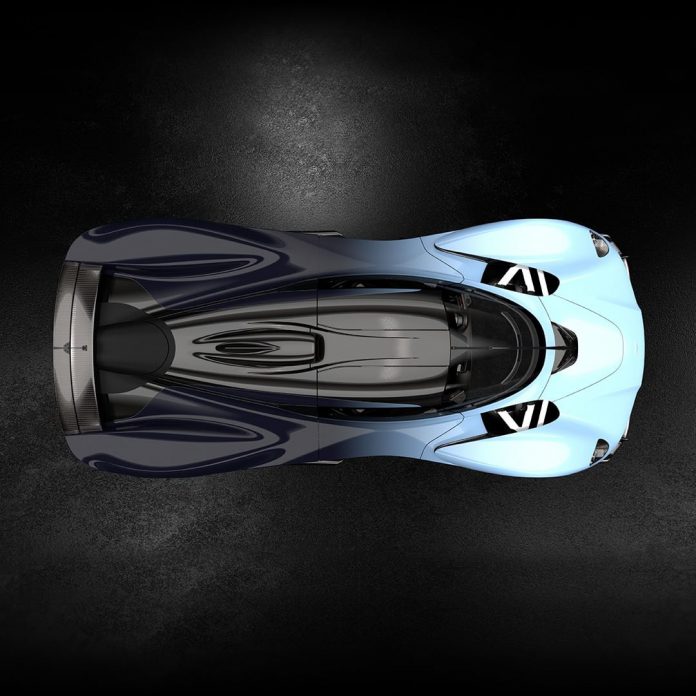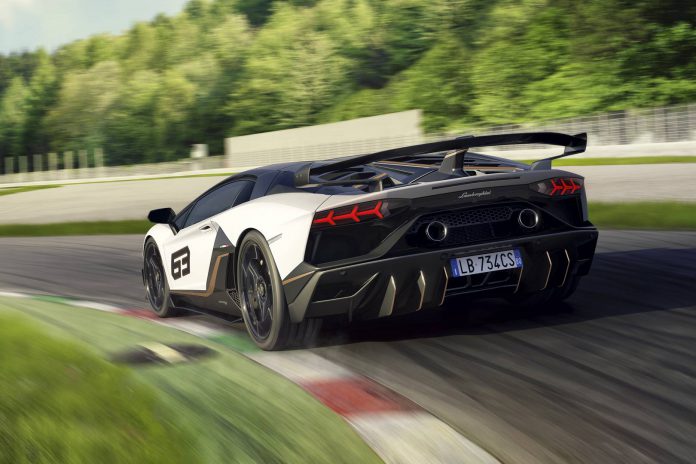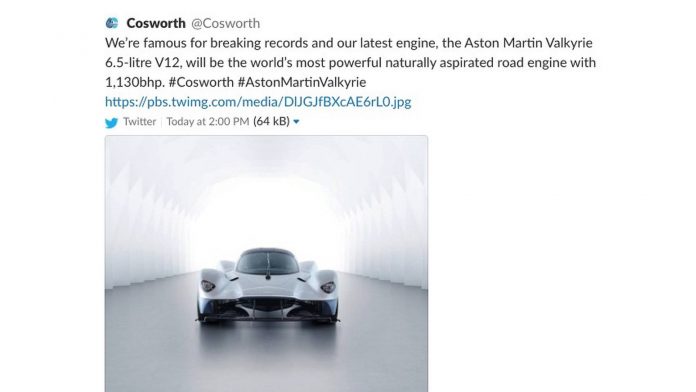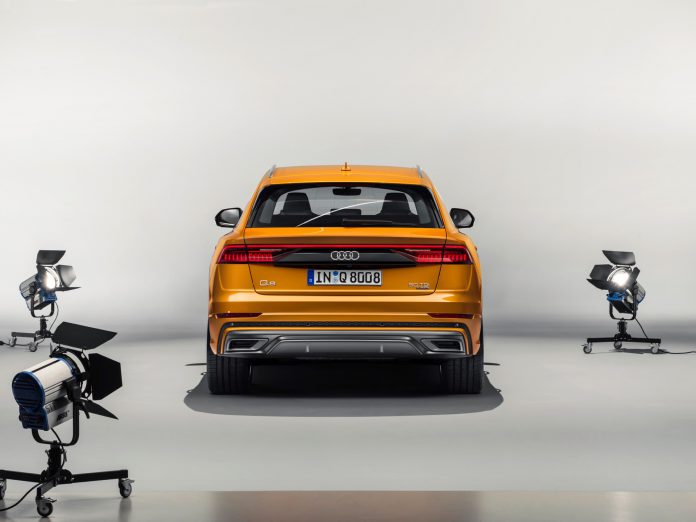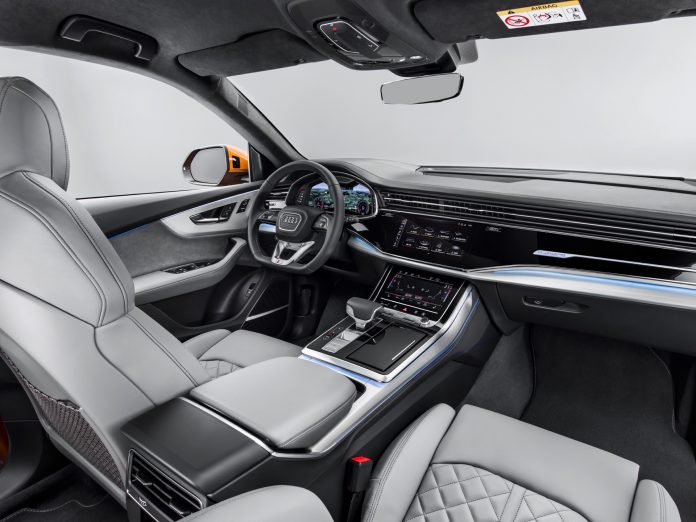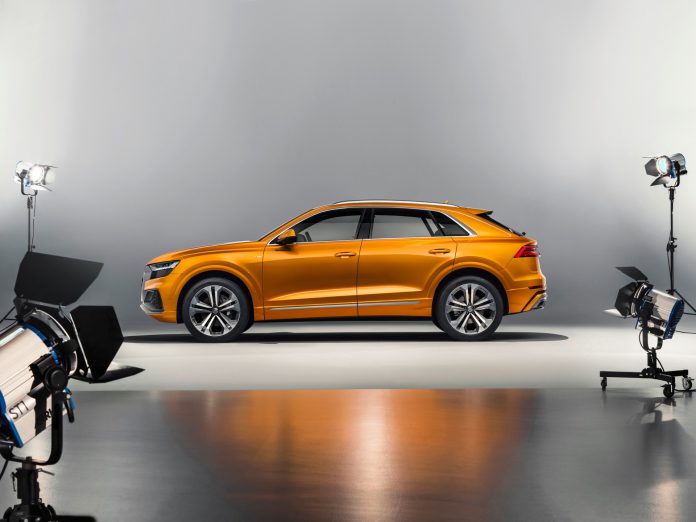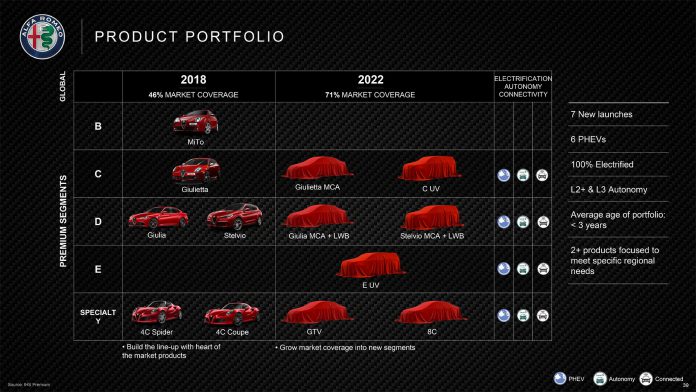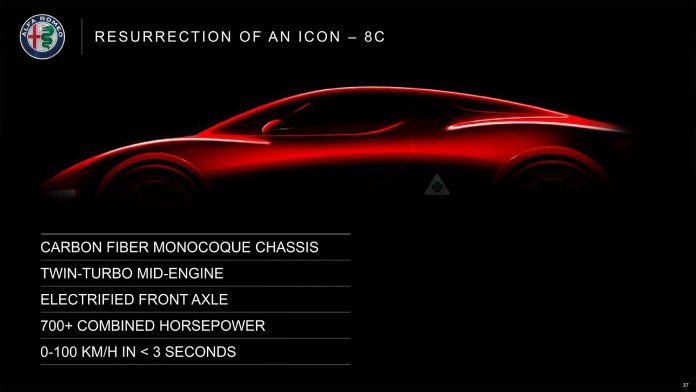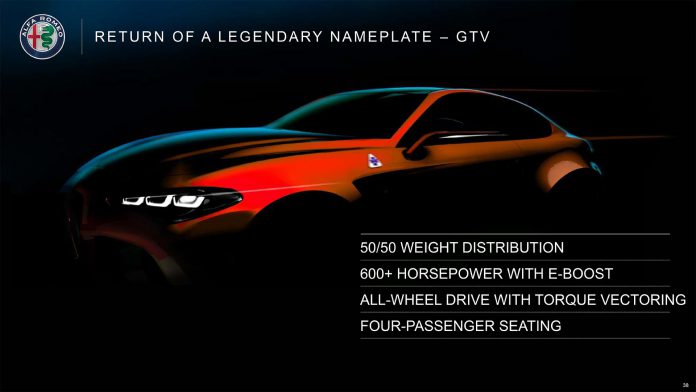2020 Bentley Continental GTC Review
‘We don’t believe that the Continental GTC has any competitors, it is completely unique in this space’ responded Bentley Chairman and Chief Executive, Anthony Hallmark. My question was not one to probe or test Mr Hallmark, but one that I asked to learn and understand more about the 2019 Bentley Continental GTC before jumping in and making my own judgements. Then again, my 25 year old judgements were somewhat irrelevant to the illustrious British brand – Bentley are the first to point out that the typical Bentley owner is typically in their 50s or 60s, China being an outstanding anomaly with 80% of buyers being under the age of 45…yikes, how’s that for a diverse demographic?
I had been shipped out to the Marbella Club to put the Bentley Continental GTC through its paces (tough gig) on what turned out to be a rather special days driving in Bentleys latest topless offering. The previous generation GT and GTC proved to be roaring successes, the introduction of the new Conti GT took the dynamics and breadth of ability of the luxury GT car to new levels.
As you would imagine, the GT and GTC are very similar. Both share the same 6.0-litre, W12 engine that churns out 626bhp and 664lb ft that will launch the GTC to 100km/h just a tenth of a second slower that the coupe – 3.8 seconds (expect a V8 and hybrid options soon). Also shared are the four wheel drive system, eight-speed dual-clutch transmission and 48-volt body control system that can be found in the Porsche Cayenne, Panamera and Bentley Bentayga, although Bentley say the calibration had been fiddled with to make sure your sexy topless Bentley feels a little different from a diesel Cayenne. The chief of Continental engineering went on to tell me about the painstaking hours that went into the gearbox calibration and how this is not just a simple copy of the PDK DSG transmission.
So what is the GTC like on the road? To find out, I embarked on a 400 kilometre day trip over a variety of roads and surfaces to see what puts the G and T into the GTC. Allow me to start off with that engine. I’ve driven the W12 Bentayga and can vouch for just how good it is in the SUV – the effortless character of the engine suits the truck well. In the GTC, however, it left me wanting a little more.
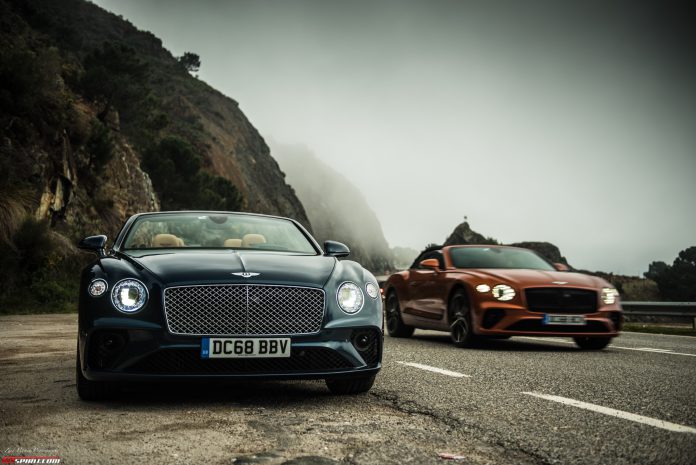
The Bentley looks fabulous, I felt that it needed an attention drawing engine tone to match the eye catching angles and do those giant oval exhausts some justice. Then you put your foot down and the sheer force of the torque punting the car towards the horizon reminds you why this huge great engine is still being used. It is remarkable, even more so when you consider the GTC weighs in at heaving great 2,414kg with the W12 pounding away until you’re doing 207mph/333kmh.
So the engine can deal with the weight when it comes to blisteringly fast straight line pace, but what happens when your grand tour takes you over a mountain pass? Remember that 48v system? It works astonishingly well and essentially counteracts any body roll using motors that prop the side of the car that would roll back up. Working in conjunction with the 3 chamber air suspension, the ride is sublime and the gargantuan weight is masked like a Donald Trump ‘grabbing’ episode.
When you start to increase speeds into some tighter, more twisty sections, things get a little less refined. As good as the systems are, hiding such hefty mass is undone by Newtons laws of physics and the Bentley starts to struggle – the brakes show themselves as being a major weak point. I cannot blame the poor things, regardless of how massive they are. Carbon ceramics are not an option…best take it easy and enjoy the breeze in your toupee after retracting the Z-fold roof in 19 seconds.
Speaking of enjoyment, when you are cruising and taking in the surroundings, as you should be, the GTC really does come into its own league of refinement and comfort. The interior is a masterpiece. Yes, you’ll recognise elements of the infotainment from other VAG products, but the physical switches, materials and all round ergonomics are second to none.
The finish on the woods, metal switchgear and quality of leathers are worth drinking in for hours. Set the heads up display to show you all you need, engage lane assist and active cruise control, prod the air scarf button to maximum and you’ll be glad that you were not sat in any other car on that stretch of road. It is a soothing experience, a memorable one. A Bentley moment.
Going back to the opening of this review, there are a couple of competitors that sprung to mind on the flight home – think Aston Martin DB11 Volante, Ferrari Portofino and perhaps Mercedes-Benz S Class. These could arguably all be considered competitors, but after spending a long day behind the wheel, it is safe to say that all of the aforementioned cars sit towards the sharper end of the sport vs comfort spectrum with the Bentley being the car with the wider breadth of ability. At €192,000 pre tax and options, it is a much more expensive purchase too. It really is in a category of its own.

